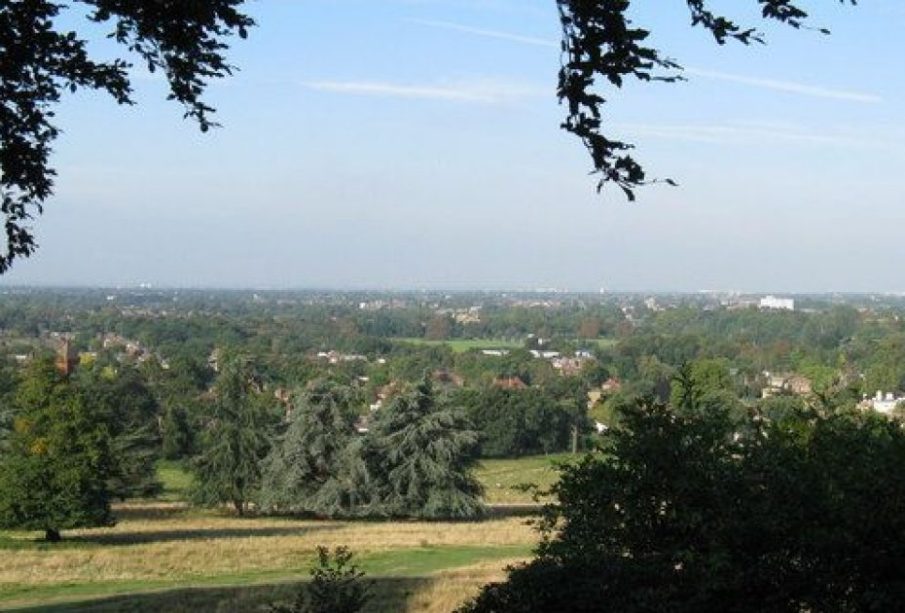A Guide to Richmond Park: Nature and History Combined

Introduction
Richmond Park, located in South West London, is the largest of the Royal Parks, covering a vast area of over 2,500 acres. This beautiful park is not only a significant area of natural beauty but also a historical site enriched with stories dating back to the 17th century. Its importance lies not just in its size, but in its role as a crucial green space for both wildlife and residents, providing an escape from the hustle and bustle of city life.
The Park’s Rich History
Originally created as a deer park for King Charles I in 1634, Richmond Park has long been a sanctuary for both animals and people. The park is home to over 600 red and fallow deer, which roam freely, allowing visitors to observe these majestic creatures in their natural habitat. Its history is also preserved in various monuments and structures, including the stunning Pembroke Lodge and the Shooter’s Hill, providing a glimpse into the royal past of the park.
A Hub for Recreation
Richmond Park offers a myriad of recreational activities, making it a beloved spot for Londoners. The park features several walking and cycling paths that allow visitors to explore its stunning landscapes, including ancient trees, open grasslands, and picturesque ponds. The Isabella Plantation, a 40-acre woodland garden, is particularly famous for its stunning rhododendrons and azaleas, drawing in visitors each spring for its breathtaking displays.
Wildlife Conservation
In addition to its natural beauty, Richmond Park plays a vital role in wildlife conservation. The park is designated as a Site of Special Scientific Interest (SSSI) due to its diverse habitats. The management team organises various conservation efforts to maintain the habitats of deer and other wildlife, ensuring that the park is not only a recreational area but also a crucial ecosystem.
Conclusion
Richmond Park remains a cherished landmark in London, symbolising the perfect blend of nature, history, and conservation. It is a testament to the investment in green spaces that serve both the environment and the local community. As we move forward, the ongoing preservation of Richmond Park will be essential in combating urbanisation’s impact and ensuring that future generations can enjoy its beauty. Whether you’re a local resident or a visitor, Richmond Park offers a much-needed respite into nature, making it a priority to include in any exploration of London.








